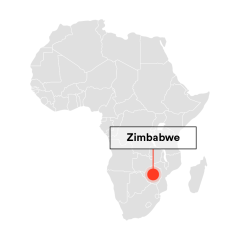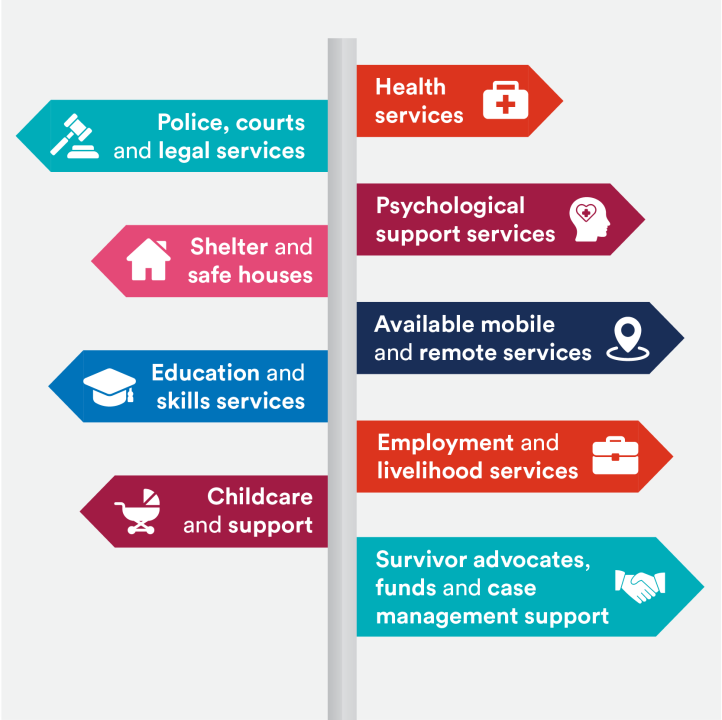Map existing VAWG services

Map existing VAWG services
Case Studies

In 2021, Spotlight Initiative partnered with Deaf Women Included (DWI) to conduct a mapping of VAWG response services in Hurungwe and Guruve districts in Zimbabwe. The aim of this mapping was to identify existing VAWG and Sexual and Reproductive Health services within the districts and the extent to which these services were inclusive of survivors with disabilities. This initiative followed community dialogues with community leaders and women with disabilities that brought to light some of the barriers survivors with disabilities faced to accessing essential services.
This initiative used community-based surveys, focus group discussions, and site visits of two shelters designed for survivors of VAWG, to better understand the services available. Over the course of the mapping, DWI reached 42 stakeholders. These included staff from a Victim Friendly Unit of the police, staff at the GBV shelters, representatives from the Ministry of Women Affairs and the Ministry of Social Welfare, and people with disabilities.
Following this mapping exercise, Deaf Women Included, with the support of Spotlight Initiative, developed a guide to mainstreaming disability in the prevention and response of VAWG. They also developed initiatives to strengthen referral systems and build the capacity of service providers to ensure they are well equipped to provide services for survivors with disabilities.








